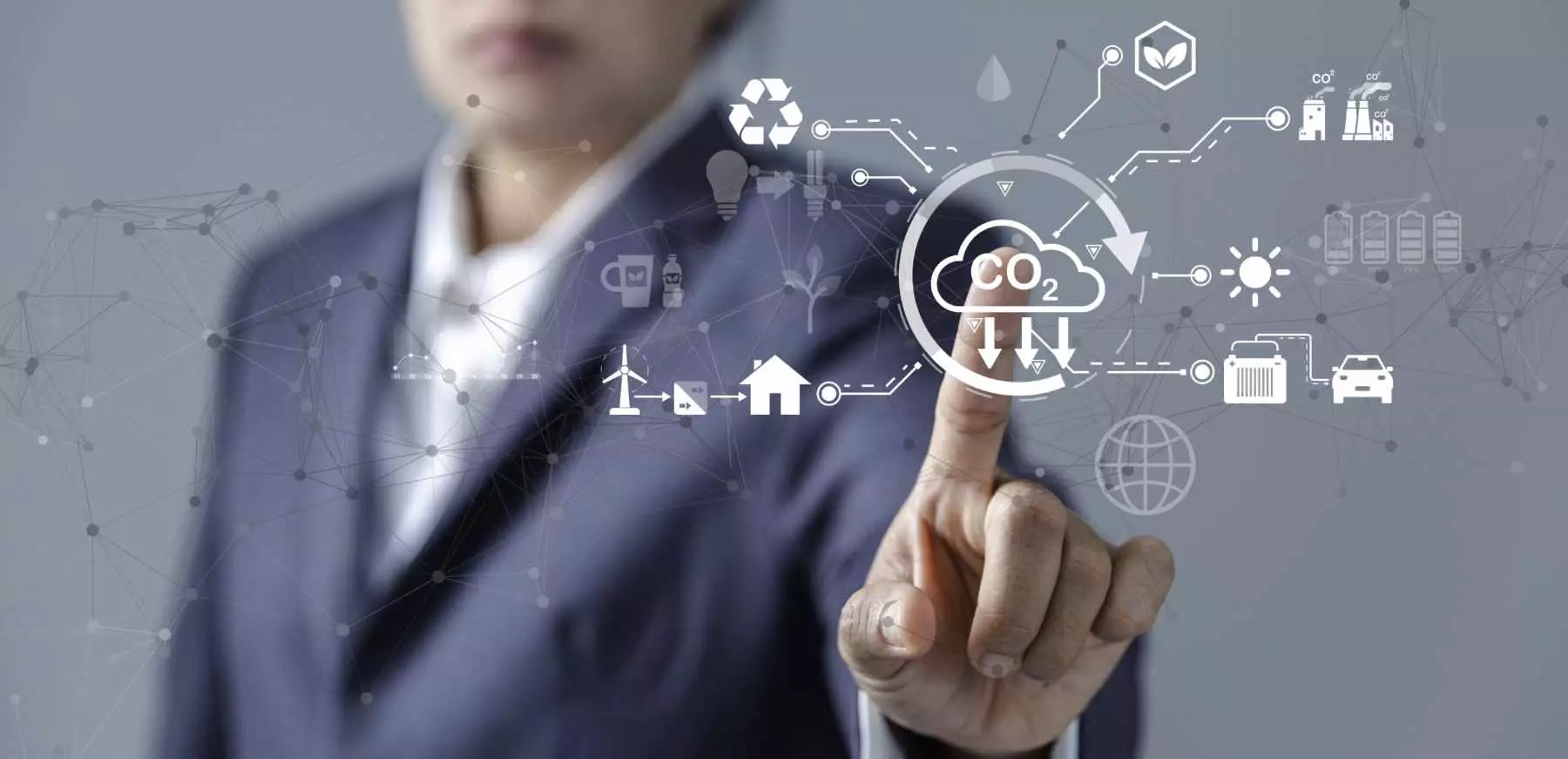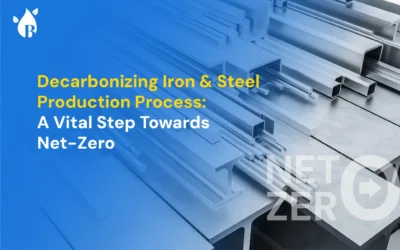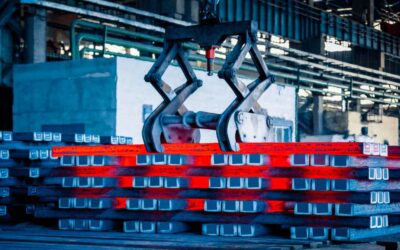
Carbon emissions are not halting anytime soon. Credit goes to rapid industrialization and population rise, which will further continue to generate massive amounts of carbon emissions going forward as well. Though climate change is a harsh reality, efforts to mitigate it will require unprecedented changes in our business practices, production and consumption models.
Sustainability has become an emerging trend in corporate social responsibility. However, its scope goes beyond just improving the environment and going green. Actually, it is an economic imperative because businesses will be forced to reinvent themselves in order to adapt to societal and environmental changes.
Yet, the necessity of businesses to reduce environmental impact and carbon footprint is vital at the moment. Before that, you need to genuinely start acting like measuring and monitoring the emissions under predefined categories.
What are they? Before directly delving into it, let’s grasp the facts behind it.
Greenhouse Gases – The Starting Point of Emissions
We all know that GHGs cause the Earth’s atmosphere to retain heat — which includes CO2, methane, nitrous oxide, and fluorinated gases. Despite the fact that these gases are naturally occurring, human activities have caused a worrisome buildup of them, which has induced an abnormal warming of the planet.
Globally, China, the United States, India, Russia, and Japan were the biggest emitters of carbon dioxide in 2020, the year it became the most common greenhouse gas (GHG). According to climate experts, in order to safeguard our biosphere by the year 2050, worldwide carbon dioxide emissions must be cut by 85% from their levels in the year 2000. How? By implementing a global policy standard that is common and acceptable for everyone.
Greenhouse Gas Protocol (GHP) – an accounting standard used worldwide which itself states,
“Developing a full [greenhouse gas] emissions inventory – incorporating Scope 1, Scope 2 and Scope 3 emissions – enables companies to understand their full value chain emissions and focus their efforts on the greatest reduction opportunities”.
Overview of Scope 1, 2, and 3 Emissions
A tabulation would give you a keen insight:Scroll right to view more
| Emission name | Scope 1 | Scope 2 | Scope 3 |
|---|---|---|---|
| Type of emission | Direct | Indirect | Indirect |
| Meaning | Emissions from facilities that the firm directly owns and runs | Emissions from purchased power or steam used in facilities that are not the company’s property and under its control | Emissions are a result of the firm’s operations, but they come from sources that the company does not own or control like business travel, delivery services, employee commuting and other business-related activities |
| Examples | Running vehicles and boilers, fugitive emissions (leaks of GHGs like refrigeration, and AC units), Process emissions (CO2 and other gases emissions as fumers) | Consumption of purchased electricity, steam, heat and cooling. | Upstream activities:Business travel, Waste generated sent to landfills or treatments, Purchased goods and services, Elements of value chain which are transportation and distribution, Capital goods. Downstream activities:Investments and franchise operations, Leased assets, Used sold products. |
| Note | The electricity used by the end-user is covered by scope 2. While, the energy used by the utilities for transmission and distribution is covered by Scope 3. | Although they are frequently the hardest to measure, Scope 3 emissions often account for the bulk of a company’s overall GHG emissions. Even though the company has little control over them, its actions (such as choosing which vendor or supplier to partner with) can have an impact on the outcomes of these emissions. |




